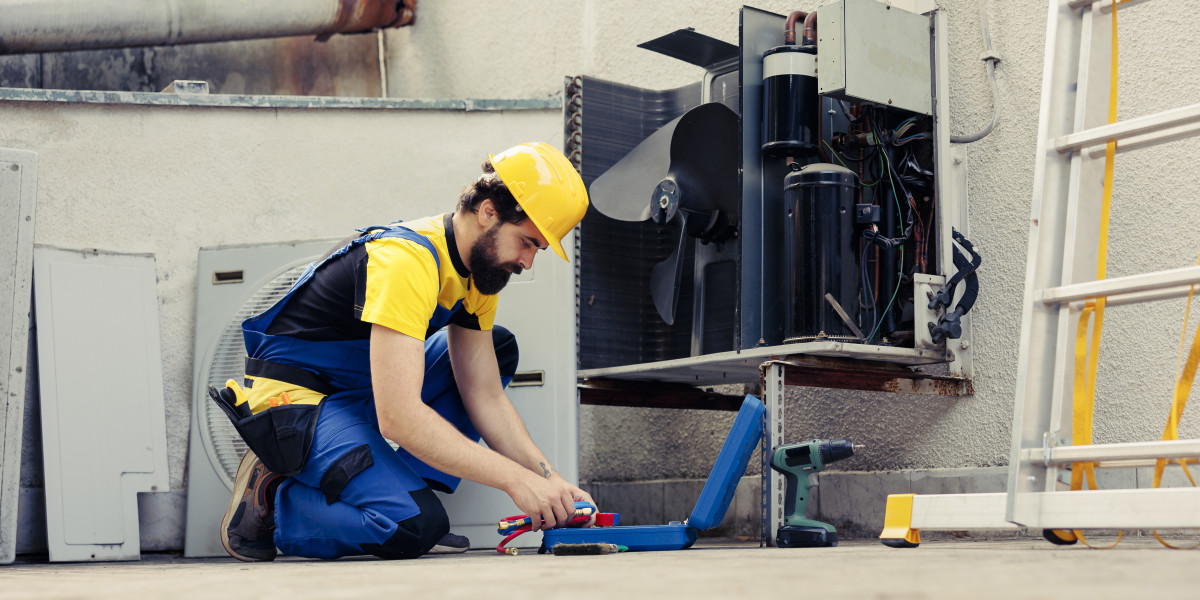High-Density Polyethylene (HDPE) pipes are integral to various industries due to their durability, flexibility, and resistance to corrosion. The production of hdpe pipe extrusion down stream machine involves a meticulous extrusion process, which includes several downstream operations crucial for ensuring the final product's quality and performance. This article delves into the downstream equipment used in HDPE pipe extrusion and explores strategies for optimizing these processes.
Understanding HDPE Pipe Extrusion
HDPE pipe extrusion starts with melting the raw material and forcing it through a die to form the pipe's shape. The process involves several stages, including feeding, melting, mixing, and shaping.
Key Downstream Equipment in HDPE Pipe Extrusion
Vacuum Calibration Tanks
- Purpose: These tanks are essential for shaping and cooling the extruded pipe. The vacuum pulls the pipe against the sizing sleeves, ensuring precise dimensions.
- Optimization Tips: Regular maintenance of vacuum pumps and calibration sleeves can prevent dimensional inconsistencies and improve the quality of the pipes.
Cooling Tanks
- Purpose: Cooling tanks solidify the pipe after it is shaped. Efficient cooling is critical to maintaining the pipe's structural integrity.
- Optimization Tips: Ensure uniform water flow and temperature control within the tanks to prevent warping or internal stresses in the pipes. Using multiple cooling tanks can enhance the cooling rate and improve production efficiency.
Haul-off Units (Caterpillar or Belt Pullers)
- Purpose: These units pull the pipe through the extrusion line at a consistent speed, which is crucial for maintaining uniform wall thickness and diameter.
- Optimization Tips: Regularly calibrate the speed and tension settings to match the extrusion speed. Proper alignment and maintenance of the puller belts or tracks can reduce surface defects and enhance product consistency.
Cutting Machines
- Purpose: Cutting machines segment the continuous pipe into specified lengths. They must be precise to ensure clean cuts without deforming the pipe ends.
- Optimization Tips: Utilize high-precision cutting tools and automated systems to improve cutting accuracy. Implement regular blade inspections and replacements to maintain clean cuts and avoid pipe damage.
Pipe Coilers and Stacker Systems
- Purpose: These systems collect and store the finished pipes for packaging and transportation. Coilers are typically used for smaller diameter pipes, while stackers handle larger pipes.
- Optimization Tips: Synchronize the coiling or stacking process with the extrusion speed to prevent tangling or improper stacking. Automated coilers with tension control can improve the efficiency and safety of the coiling process.
Process Optimization Strategies
Automation and Monitoring
- Integrating advanced automation systems with real-time monitoring can enhance the precision and efficiency of the downstream process. Automated controls can adjust parameters dynamically, ensuring consistent product quality.
Energy Efficiency
- Implementing energy-efficient cooling and vacuum systems can reduce operational costs. Consider using closed-loop water systems for cooling tanks to recycle water and reduce waste.
Preventive Maintenance
- Establishing a routine maintenance schedule for all downstream equipment can prevent unexpected downtimes and extend the lifespan of the machinery. Regular inspections and timely repairs are crucial for optimal performance.
Quality Control
- Employing robust quality control measures at various stages of the downstream process can detect and rectify issues early. Non-destructive testing methods, such as ultrasonic or X-ray inspection, can ensure the integrity of the pipes without causing damage.
Training and Skill Development
- Continuous training programs for operators and maintenance personnel can improve their skills and knowledge, leading to better handling of equipment and process optimization.
Conclusion
The downstream phase of HDPE pipe extrusion is pivotal in determining the final product's quality and performance. By leveraging advanced equipment and implementing effective optimization strategies, manufacturers can enhance their production efficiency, reduce costs, and ensure the consistent quality of hdpe pipe extrusion down stream machine. Adopting these best practices will not only meet industry standards but also pave the way for innovation and growth in the HDPE pipe manufacturing sector.
Follow Us On More Links:-
Follow Us On Facebook:- https://www.facebook.com/people/SICA-India/100083115558219/
Follow Us On Instagram:- https://www.instagram.com/sica.india/
Follow Us On Linkedin:- https://www.linkedin.com/company/sica-india/
Address:- Next To Kanara Business Centre Compound, Laxmi Nagar, Opp. Andheri Link Road, Ghatkopar (East), Mumbai – 75.
Call US:- +91-22-62231691 / 96191-40918
Email Us:- info@sicaindia.com








